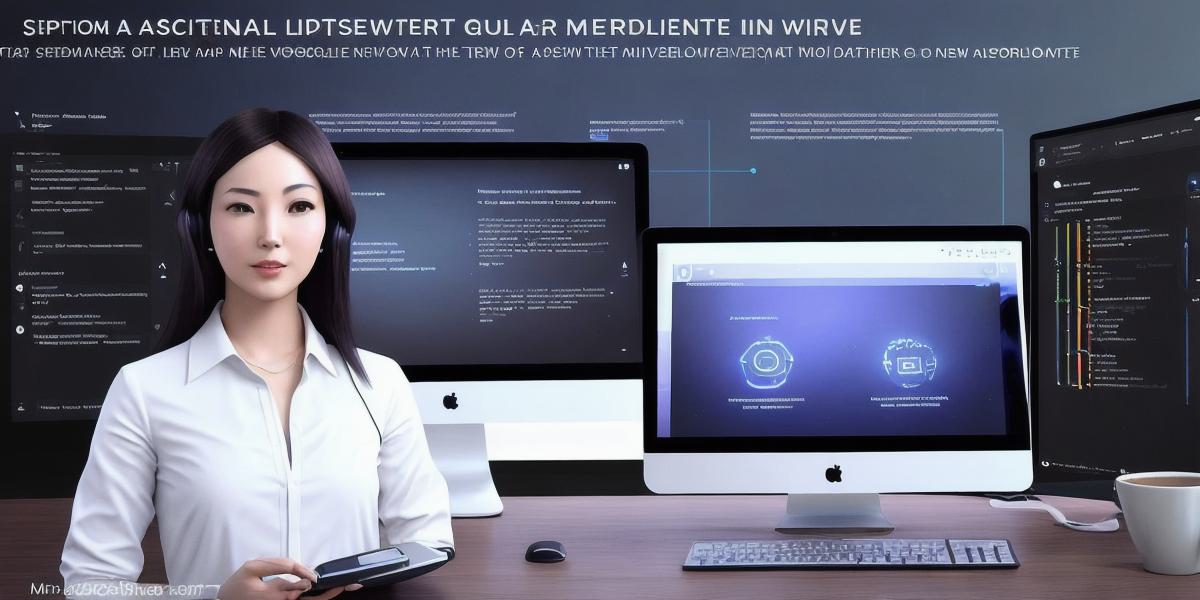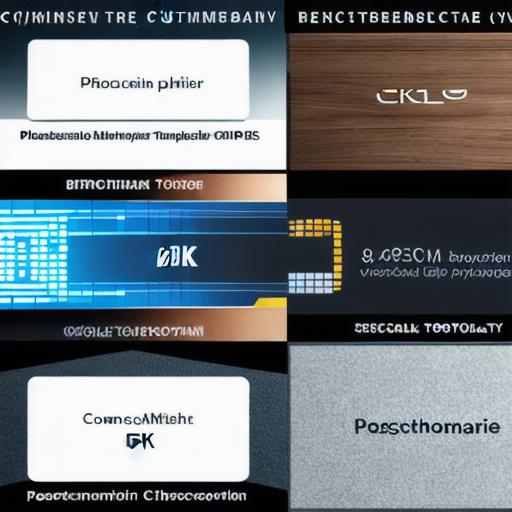Discovering the Meaning of Identity in the Metaverse: Navigating Web 3 Development

Introduction
The concept of identity has long been a subject of debate and discussion, with individuals grappling to define and understand their unique sense of self. As we continue to evolve into a digital age, this struggle has only intensified as our online presence becomes increasingly intertwined with our real-life identities. The advent of the metaverse, a virtual world built on Web 3 technology, is poised to bring about new forms of identity creation and exploration. In this article, we will delve into the complexities surrounding identity in the metaverse and examine how Web 3 development can help individuals navigate these challenges.
Understanding Identity in the Metaverse
Identity in the metaverse is a multifaceted concept that encompasses various elements, including personal information, online reputation, digital assets, and social connections. Unlike traditional identity systems, which are based on centralized authorities such as governments or corporations, the metaverse allows for decentralized identity management. This means that individuals have greater control over their personal data and can choose to share or conceal certain aspects of their identity as they see fit.
One of the key advantages of decentralized identity in the metaverse is that it enables individuals to create multiple personas, each with its own unique characteristics and attributes. For example, a person might choose to present a more professional persona online, while maintaining a separate persona for socializing or gaming purposes. This flexibility allows individuals to explore different aspects of their identity and express themselves in ways that may not be possible in the physical world.
Another crucial element of identity in the metaverse is the concept of avatars, which are digital representations of individuals that can be customized to reflect one’s preferences and interests. Avatars serve as a bridge between the real and virtual worlds, allowing individuals to project their unique identity into the metaverse and interact with others in a more immersive way.
Navigating Web 3 Development for Identity Management
Web 3 development is a crucial component of creating a secure and efficient identity management system in the metaverse. By leveraging decentralized technologies such as blockchain, smart contracts, and cryptography, Web 3 developers can build systems that are more resistant to hacking, tampering, and centralized control.

One key aspect of Web 3 development for identity management is the use of zero-knowledge proofs, which allow individuals to prove the validity of a claim without revealing any underlying data. For example, a person might use a zero-knowledge proof to verify their age or education without revealing their personal information.
Another important aspect of Web 3 development for identity management is the use of decentralized storage solutions such as IPFS (InterPlanetary File System). By storing personal data on a distributed network, individuals can reduce their reliance on centralized servers and increase the security and privacy of their information.
Case Studies: Exploring Identity in the Metaverse
To illustrate the complexities surrounding identity in the metaverse and how Web 3 development can help navigate these challenges, let us examine a few case studies.
1. Decentralized Identity Platforms
Decentralized identity platforms such as uPort and Sovrin are designed to provide individuals with greater control over their personal data and enable them to create multiple personas for different purposes. These platforms use blockchain technology to securely store and manage personal information, allowing individuals to decide who has access to what data.
- Virtual Worlds and Gaming Communities
Virtual worlds such as Second Life and gaming communities like Minecraft offer unique opportunities for identity exploration and expression. In these environments, individuals can create avatars that reflect their interests and preferences, enabling them to engage with others in new and creative ways.
Conclusion
The metaverse, built on Web 3 technology, presents a fascinating opportunity for individuals to explore and express their identity in new and innovative ways. By leveraging decentralized technologies and embracing the principles of Web 3 development, we can create more secure, efficient, and personalized identity management systems that empower individuals to take control of their








